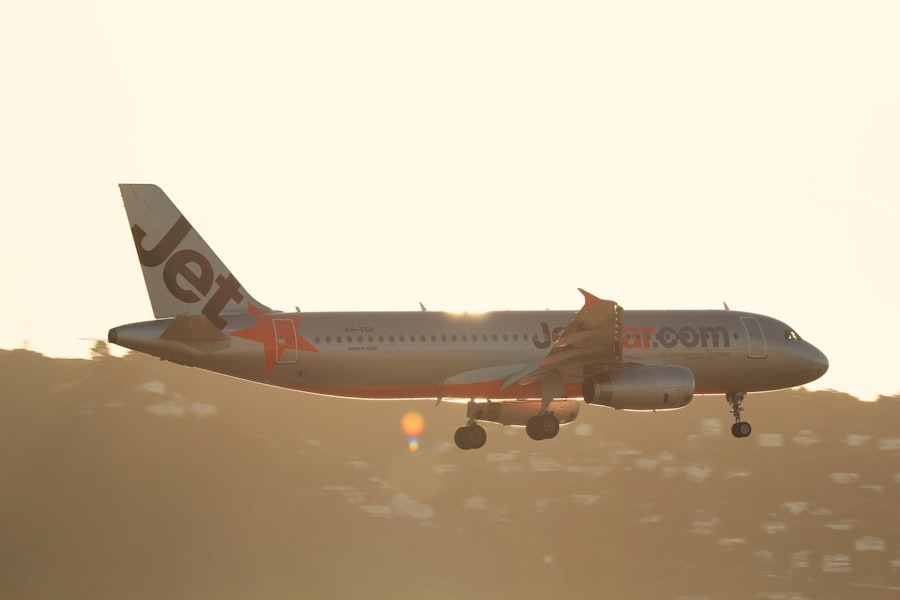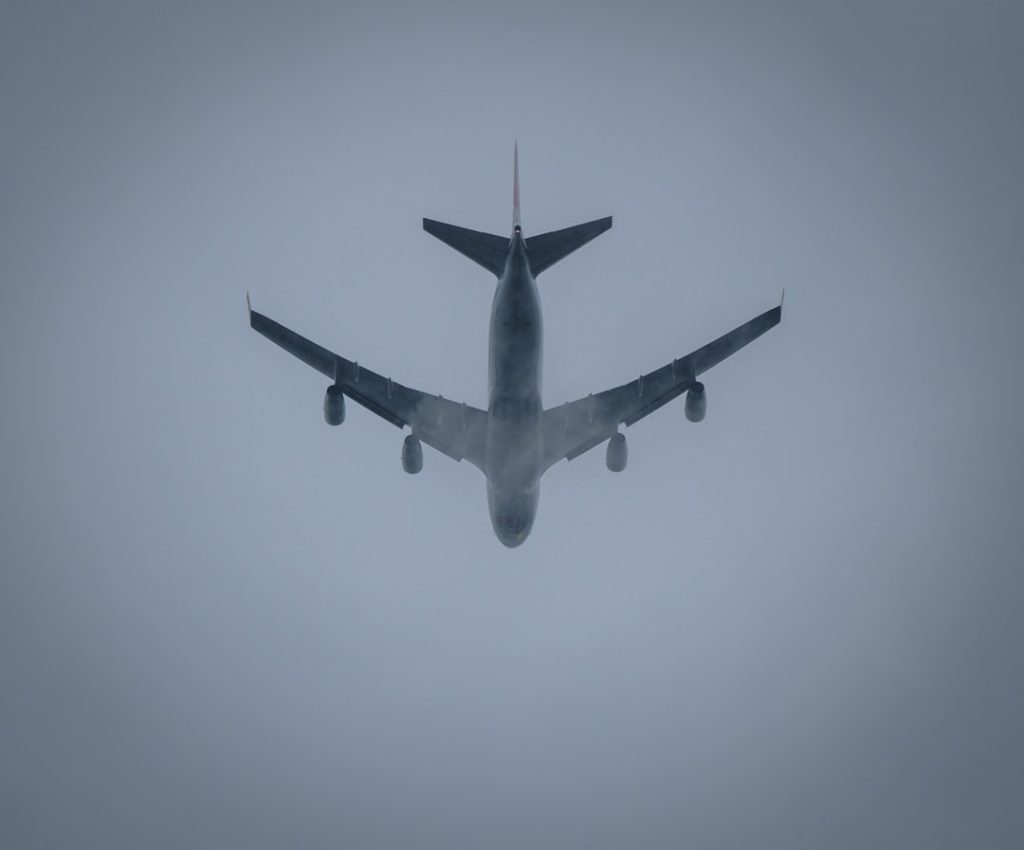The U2 spy plane, a high-altitude reconnaissance aircraft, was born out of the exigencies of the early Cold War period. Developed by Lockheed’s Skunk Works division under the leadership of Clarence “Kelly” Johnson, the U2 was conceived in the late 1950s as a response to the growing need for intelligence-gathering capabilities that could penetrate the Iron Curtain. The United States was keenly aware of the Soviet Union’s military capabilities and ambitions, and traditional reconnaissance methods were proving inadequate.
The U2 was designed to fly at altitudes exceeding 70,000 feet, well above the reach of most enemy surface-to-air missiles and interceptors of that era. The first flight of the U2 took place on August 4, 1955, and it quickly became a symbol of American ingenuity and technological prowess. The aircraft’s design was characterized by its long wingspan and sleek fuselage, which allowed it to glide silently at high altitudes.
The U2’s ability to capture high-resolution images and gather electronic intelligence made it an invaluable asset for the United States during a time when aerial reconnaissance was becoming increasingly critical. As tensions escalated between the superpowers, the U2 would play a pivotal role in shaping the intelligence landscape of the Cold War.
Key Takeaways
- The U2 Spy Plane was developed in the 1950s as a high-altitude reconnaissance aircraft for the United States.
- During the Cold War, the U2 Spy Plane played a crucial role in gathering intelligence on Soviet military capabilities and activities.
- The U2 Spy Plane had impressive technical specifications, including the ability to fly at altitudes of 70,000 feet and a range of over 6,000 miles.
- The U2 Spy Plane’s legacy is controversial due to the capture of pilot Francis Gary Powers by the Soviet Union in 1960, leading to heightened tensions between the two superpowers.
- The U2 Spy Plane had a significant impact on Cold War politics, influencing strategic decisions and contributing to the escalation of the arms race.
The Role of the U2 Spy Plane in Cold War Surveillance
Throughout the Cold War, the U2 spy plane served as a cornerstone of American surveillance efforts against the Soviet Union and its allies. Its primary mission was to gather intelligence on military installations, missile sites, and troop movements, providing crucial information that informed U.S. foreign policy and military strategy. The U2’s ability to fly at high altitudes allowed it to evade detection by radar systems that were not designed to track objects at such elevations. This advantage enabled it to conduct missions over hostile territories with relative impunity. One of the most significant contributions of the U2 was its role in monitoring Soviet missile development during the Cuban Missile Crisis in 1962. U2 flights over Cuba provided photographic evidence of Soviet missile installations, which played a critical role in shaping President John F. Kennedy’s response to the crisis. The intelligence gathered by U2 pilots not only confirmed suspicions but also allowed for informed decision-making at the highest levels of government. This incident underscored the importance of aerial reconnaissance in averting potential conflicts and maintaining a balance of power during a tense period in history.
The Technical Specifications of the U2 Spy Plane

The U2 spy plane is notable not only for its operational history but also for its remarkable technical specifications. Designed primarily for high-altitude flight, the U2 features a wingspan of approximately 103 feet, which is longer than that of a Boeing 737. This expansive wingspan allows for greater lift and stability at high altitudes, enabling the aircraft to soar above 70,000 feet where commercial air traffic and most military aircraft cannot operate effectively.
The U2 is powered by a single Pratt & Whitney J75 turbojet engine, which provides the thrust necessary for sustained flight at these extreme altitudes. The aircraft is equipped with sophisticated cameras and sensors that can capture high-resolution imagery across various spectrums, including visible light and infrared. These capabilities allow for detailed reconnaissance missions that can identify ground targets with remarkable clarity.
Additionally, the U2 is designed with a unique fuselage shape that minimizes drag and enhances aerodynamic efficiency. Its lightweight construction, primarily using aluminum and composite materials, further contributes to its performance. The combination of these technical features makes the U2 one of the most iconic surveillance aircraft in history.
The Controversial Legacy of the U2 Spy Plane
| Aspect | Metrics |
|---|---|
| First Flight | August 1, 1955 |
| Manufacturer | Lockheed Corporation |
| Maximum Speed | 500 mph (800 km/h) |
| Maximum Altitude | 70,000 feet (21,000 meters) |
| Length of Service | 1955 – Present |
The legacy of the U2 spy plane is marked by both its technological achievements and its controversial role in international relations. While it provided invaluable intelligence that shaped military strategies and foreign policies, its operations were often shrouded in secrecy and deception. The clandestine nature of U2 missions led to significant diplomatic tensions, particularly when aircraft were shot down over enemy territory.
One of the most infamous incidents occurred on May 1, 1960, when pilot Francis Gary Powers was captured after his U2 was downed over Soviet airspace. This event not only embarrassed the United States but also heightened Cold War tensions as it exposed American espionage activities. The fallout from such incidents raised ethical questions about surveillance and state sovereignty.
Critics argue that the U2 program exemplified a disregard for international norms and respect for national borders. The use of high-altitude reconnaissance flights blurred the lines between legitimate intelligence-gathering and acts of aggression. As a result, while the U2 is celebrated for its contributions to national security, it also serves as a reminder of the complexities and moral dilemmas inherent in espionage activities.
The Impact of the U2 Spy Plane on Cold War Politics
The impact of the U2 spy plane on Cold War politics cannot be overstated. Its intelligence-gathering capabilities provided American leaders with critical insights into Soviet military capabilities and intentions, shaping strategic decisions throughout the conflict. The information obtained from U2 flights influenced key moments in history, including arms control negotiations and military deployments.
For instance, during the Berlin Crisis in 1961, U2 reconnaissance helped assess Soviet troop movements and bolstered American resolve in defending West Berlin against potential aggression. Moreover, the revelations about Soviet missile capabilities during events like the Cuban Missile Crisis were directly linked to U2 intelligence. The ability to confirm or deny threats through aerial surveillance allowed policymakers to make informed decisions that could avert nuclear confrontation.
This dynamic created a delicate balance of power where both superpowers relied on intelligence to gauge each other’s intentions, ultimately contributing to a tense but stable standoff known as Mutually Assured Destruction (MAD). The U2’s role in this intricate web of Cold War politics highlights how technology can shape geopolitical landscapes.
The U2 Spy Plane Incidents: Notable Missions and Controversies

Throughout its operational history, the U2 spy plane has been involved in numerous notable missions that have left an indelible mark on history. One such mission occurred in 1960 when Francis Gary Powers was shot down over Soviet territory while conducting a reconnaissance flight. This incident not only resulted in Powers’ capture but also led to a significant diplomatic crisis between the United States and the Soviet Union.
Initially, American officials denied that they were conducting espionage missions; however, when evidence emerged, including photographs taken from Powers’ camera, it forced President Dwight D. Eisenhower to admit to the program’s existence. Another significant mission took place during the Vietnam War when U2 flights were employed to gather intelligence on North Vietnamese troop movements and supply routes along the Ho Chi Minh Trail.
These missions provided crucial information that informed American military strategy during a contentious conflict. However, they also sparked debates about the ethics of surveillance in wartime and raised concerns about civilian casualties resulting from targeted strikes based on aerial reconnaissance data.
The Evolution of Surveillance Technology Beyond the U2 Spy Plane
As technology advanced, so too did surveillance capabilities beyond what the U2 spy plane could offer. The development of satellite reconnaissance systems marked a significant shift in how nations gathered intelligence. By the late 1960s and early 1970s, satellites like CORONA began providing high-resolution imagery from space, allowing for continuous monitoring without risking human lives or violating airspace sovereignty.
These advancements rendered many traditional aerial reconnaissance methods obsolete. Moreover, advancements in drone technology have further transformed surveillance practices in modern warfare. Unmanned aerial vehicles (UAVs) can conduct reconnaissance missions with greater flexibility and lower risk than manned aircraft like the U2.
Drones equipped with advanced sensors can operate at various altitudes and provide real-time intelligence to military commanders on the ground. This evolution reflects a broader trend toward automation in military operations, where human pilots are increasingly replaced by sophisticated algorithms and remote control systems.
The U2 Spy Plane Today: Its Continued Relevance in Modern Surveillance
Despite advancements in satellite technology and drone capabilities, the U2 spy plane remains relevant in contemporary surveillance operations. Its unique ability to fly at high altitudes while carrying advanced sensors allows it to gather intelligence that satellites may not be able to capture due to their fixed orbits. The U2 has been utilized in various missions since its inception, including operations in Iraq and Afghanistan where it has provided critical support for ground forces by monitoring enemy movements and assessing battlefield conditions.
Furthermore, ongoing upgrades to its systems ensure that the U2 remains capable of adapting to modern threats. Enhanced sensors and imaging technologies have been integrated into its design, allowing it to maintain its edge as a reconnaissance platform even decades after its initial deployment. As geopolitical tensions continue to evolve, the U2 spy plane stands as a testament to enduring innovation in military aviation and intelligence-gathering capabilities, proving that even legacy systems can find new life in an ever-changing world.


